5 Things You Didn't Know About Denny O' Neil
Jun 18, 2020
by Troy-Jeffrey Allen
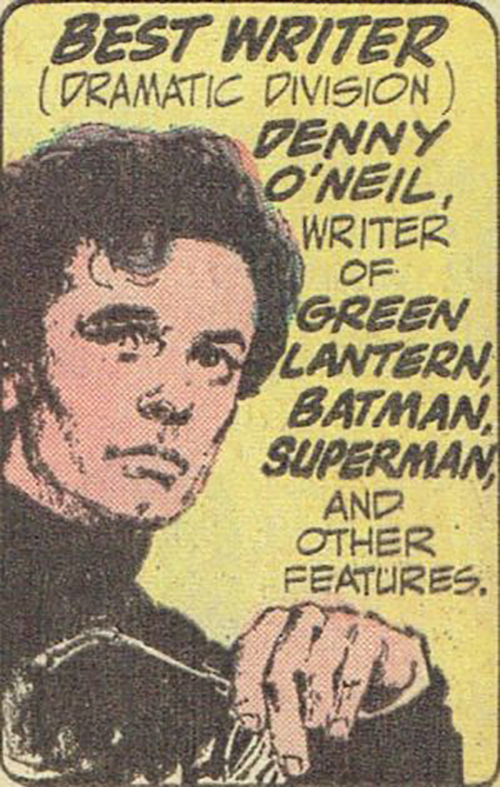
Last week, the comic industry lost a legend. Denny O' Neil, a beloved writer and editor, passed away on June 11, 2020. In the wake of his passing, O Neil leaves behind an impressive and progressive comic book legacy. From modernizing Batman to giving the world John Stewart -- O' Neil's track record within the industry is definitely something for the history books. If you're a DC Comics fan then you are likely already familiar with the writer/editor's body of work, but maybe you didn't know these five facts about the man himself. Keep reading...
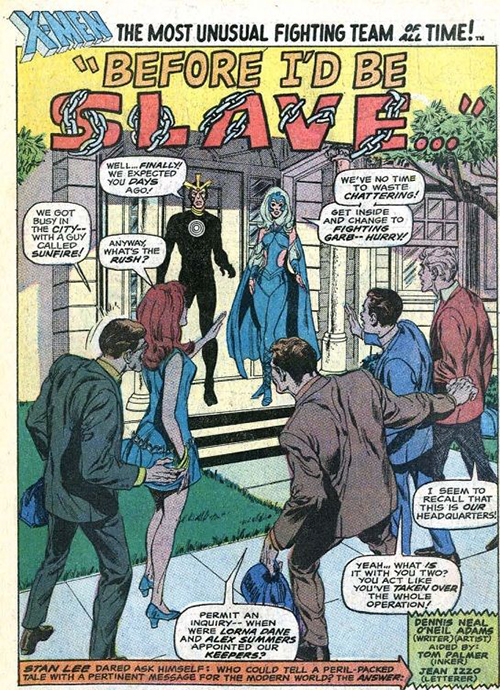
5. Stan Lee gave Denny O' Neil his first job in comics
Denny O' Neil is known primarily for his work on DC characters such as Batman, Green Arrow, and Green Lantern. However, his initial break into comics came from DC's competition...Marvel. A move that O' Neil considers "purely accidental."
In a 2011 interview with The Comic Archive, O' Neil explained that he was working as a journalist in Missouri when he discovered Marvel during their Silver Age revival. Denny was so enamored by the output of the publisher that he ended up writing an article for his local paper exploring the bold, new direction the medium was going in. "[Marvel writer] Roy Thomas got in touch with me," O' Neil told The Comic Archive in 2010. "Roy's mother and father subscribe to the paper and he got in touch with me." "Stan Lee was looking for another assistant. He sent [me] The Marvel Writers Test, which was four pages of Kirby art without copy. Well, who wouldn't add the copy? Sure! I'll write some dialogue for this," O' Neil laughed.
The four pages were well-received by the Marvel bullpen. The publisher hired him not too shortly after and O' Neil showed up at the old Marvel offices at Madison and 59th to, in his words, become "a comic book guy."
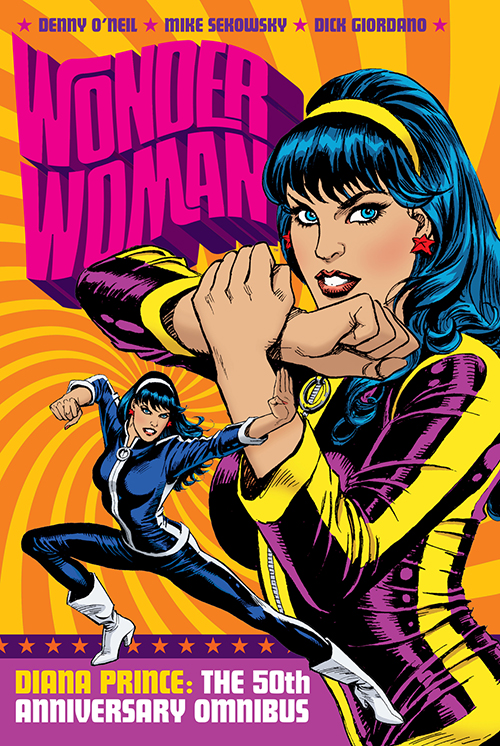
4. He introduced Wonder Woman to the Women's Movement of the 1960s
In 1968, Denny O' Neil found himself writing Wonder Woman for DC Comics. In an attempt to make her more contemporary with the fashions and attitudes of the 1960s, O' Neil and artist Michael Sekowsky infamously depowered the Amazonian. They also gave her a more in fashion mod appearance, ditched her homeland of Themyscira for a fashion boutique, and had her learn martial arts. I say infamously because this particular stretch of Wonder Woman's history provoked the ire of many fans. Including the feminist icon and activist Gloria Steinem. Steinem criticized the move in her feminist publication titled Ms. She blasted DC Comics for being "anti-feminist" on top of that.
In O' Neil's defense, however, his intentions were pure. during various interviews, O' Neil has stated that he and artist Michael Sekowsky were going more for an independent working woman of the '60s and '70s.
Ultimately, Steinem won out. Diana Prince would revert back to her classic look. O' Neil did, however, get a second shot at redemption in 2011 with DC Retroactive Wonder Woman: The 70s. Since then, the run has garnered its fair share of fans.
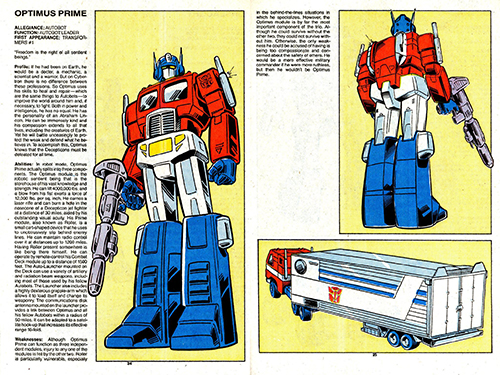
3. He named Optimus Prime
In the 1980s, Denny O' Neil returned to Marvel Comics. Just in time for the publisher's push for licensed properties. One of these properties was a then up and coming toy line from Hasbro: Transformers. Ever the scribe, O' Neil wrote the original treatment for the robots in disguise.
Cybertronian lore has it that the only thing O' Neil and Hasbro could agree on was that the "the truck" should be the leader of the Autobots. While Denny didn't actually write the Transformers comics for Marvel, O' Neil is widely credited as the person who named the leader "Optimus Prime." The rest is pop culture history.
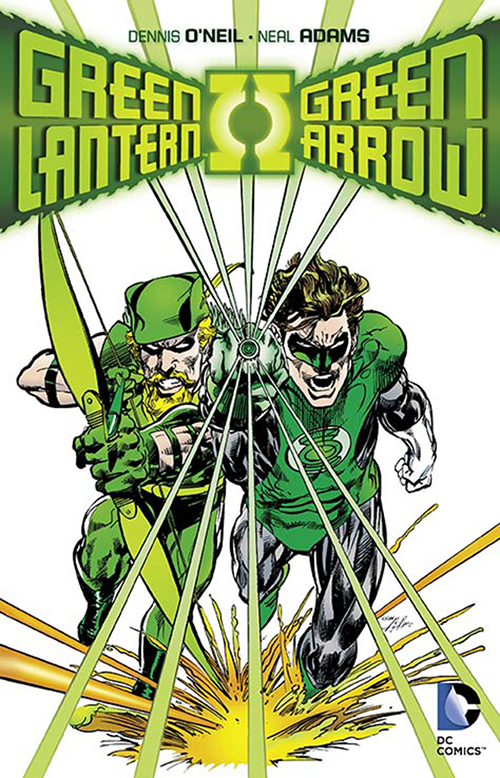
2. He overcame addiction
One of Denny O' Neil's career highlights occurred with 1971's Green Lantern/Green Arrow #85 and #86 a.k.a "the drug issues." Previous to that, O'Neil and artist Neal Adams had already done a bang-up job of rescuing both Green Lantern and Green Arrow from irrelevance. It was the two-part "Snowbirds Don't Fly" story arc, however, that cemented their run as a classic and helped prove that the genre could approach social commentary.
There is another piece to this award-winning story, though. It turns out that O' Neil himself was struggling with his own addictions during the time. Namely alcoholism. To be fair, O' Neil has admitted that he's not sure if "Snowbirds Don't Fly" came about because his subconscious demanded it. Regardless, Denny beat his problem and comic book readers everywhere benefitted from O' Neil's sobriety. He would continue on at DC and Marvel after beating his addiction. Giving fans great creations such as Batman's Ra's al Ghul and Talia al Ghul, Spider-Man's Madame Web, Iron Man villain Obidiah Stane, X-Men's Lady Deathstrike, Batman's Azrael, and more!
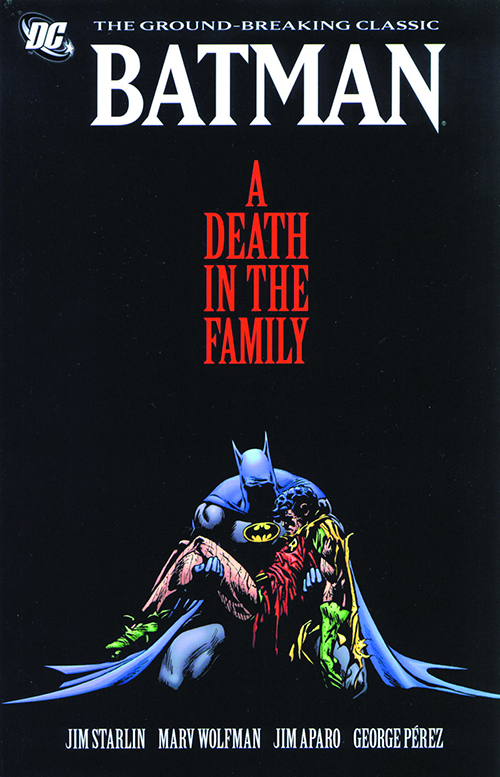
1. He considered himself a guardian of American folklore.
It was on Denny O' Neil's watch that Jason Todd (a.k.a. the second Robin) was voted off the Batman line. It was 1988, and then Batman editor O' Neil conspired with the Batman creative team to allow readers to decide the fate of Jason Todd. Fans could call into an 800 number and decide if Robin lives or dies! This particular stunt made news headlines all over the world. Generating a large amount of positive and negative buzz for the publisher.
In several interviews since then, O' Neil has recalled his interactions with people about the event. One particular instance provided a revelation for him. "There’s a story that I’ve gotten a lot of mileage out of," O' Neil told 13th Dimension back in 2014. "I went to a deli on Fifth Avenue to buy a sandwich for lunch. And, like [longtime DC editor Julie Schwartz], I wore a little Batman pin. So the guy behind the counter leans over and he remarks on it. I mention who I am and [he says], 'Hey, dis is da guy dat killed Robin,'" Denny recalled. "Now, this guy probably hadn’t seen a comic since he was a kid, but to everybody, these characters have been all over the place! They have become folklore figures." "It was at that moment that Denny O' Neil realized what his role was in pop culture. "I realized that I had thought that what I was was a writer/editor in this odd little backwater of American publishing -- this bastard child of comic strips and pulps. And I realized coming off of that caper that I’m a custodian of folklore."
And that is exactly what Denny O' Neil was for fans and creators alike. One of comics' greatest folklorists. A creative beacon that understood (as he states below) that "comics have a responsibility to tell stories," and that "storytelling is very deep and very essential to what makes us human beings."
****
Troy-Jeffrey Allen is the Consumer Marketing Digital Editor for PREVIEWSworld.com and Diamond's pop culture network of sites. His comics work includes BAMN, Fight of the Century, and the Harvey Award-nominated District Comics.




